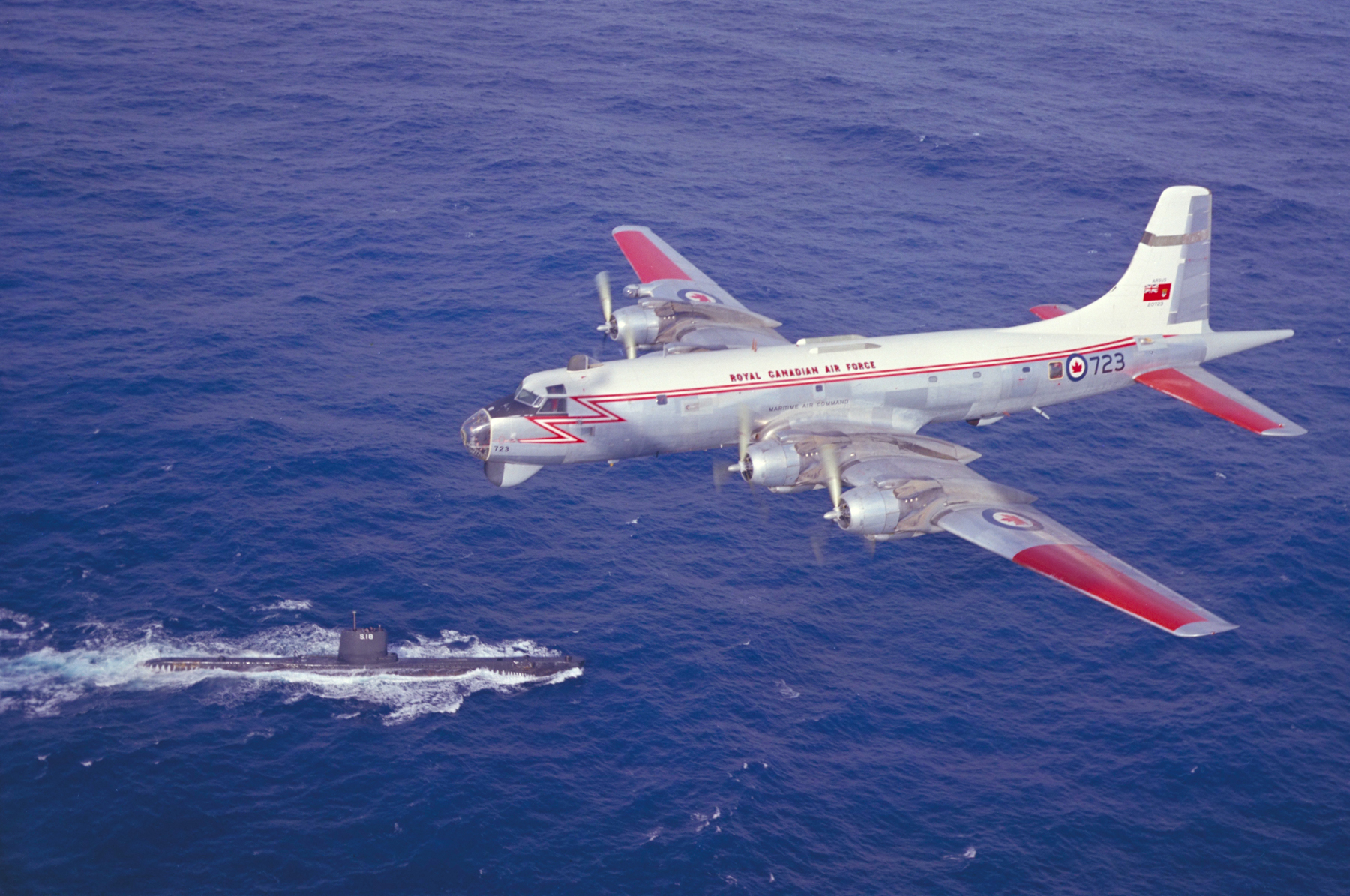
The plane, which had more sensors than any other at the time, was named after the hundred-eyed giant of Greek mythology. The sensors were needed to track the new Soviet submarines. The Argus had four huge engines and two big bomb bays that could handle torpedoes, bombs or depth charges.
Missions often lasted 20 hours or more. During the Cuban Missile Crisis, Argus crews flew six hours to their mid-Atlantic station, spent eight hours on patrol, then made the return flight. An Argus of 405 Maritime Patrol Squadron made history in October 1959 with a 7,355-kilometre non-stop flight from Hawaii to North Bay, Ont.
Five planes were delivered to the Operational Training Detachment in Nova Scotia in March 1958; in July the long-range patrol unit, 405 Squadron in Greenwood, N.S., welcomed its first Argus. The aircraft saw service on both coasts until it was replaced by the Aurora in 1981.
The Argus was involved in two fatal crashes, both in March, 12 years apart.
Just before midnight, March 23, 1965, during night training on anti-submarine warfare exercises 95 kilometres north of Puerto Rico, an Argus of 404 Squadron flew over HMS Alcide. Then submariners saw the glow of a crash reflected in the sky. All 15 crew and one scientific advisor aboard were killed.
No official explanation of the crash was given.
Twelve years later, March 31, 1977, a 415 Squadron Argus developed engine problems and had to shut down one engine about 650 kilometres out and head for an emergency landing at CFB Summerside, P.E.I., arriving in a thunderstorm.
The pilot was a local who tried to avoid the control tower and the school behind it. He veered downwind and lost height, hit a snowbank and lost another engine. The pilot tried to get aloft, but hit an aircraft sitting on the ground, and began spilling fuel, which ignited. A ball of fire followed the Argus, which landed on its belly and split open. The survivors escaped through this opening. Three of the 16 crew were killed and 11 were injured.
Advertisement













